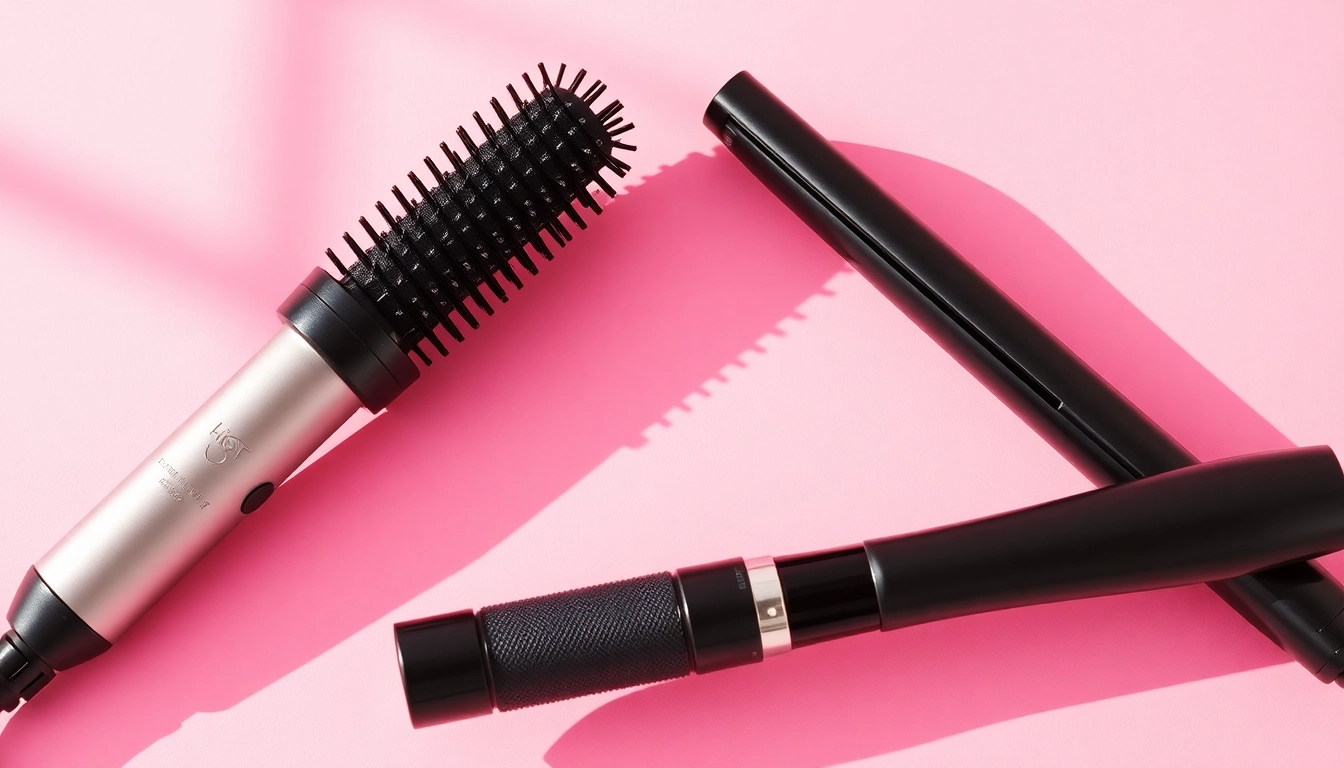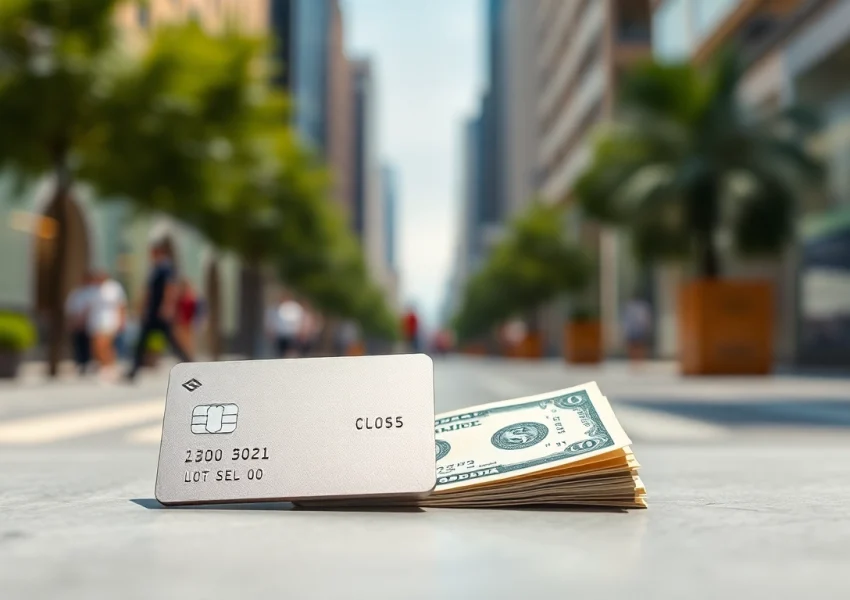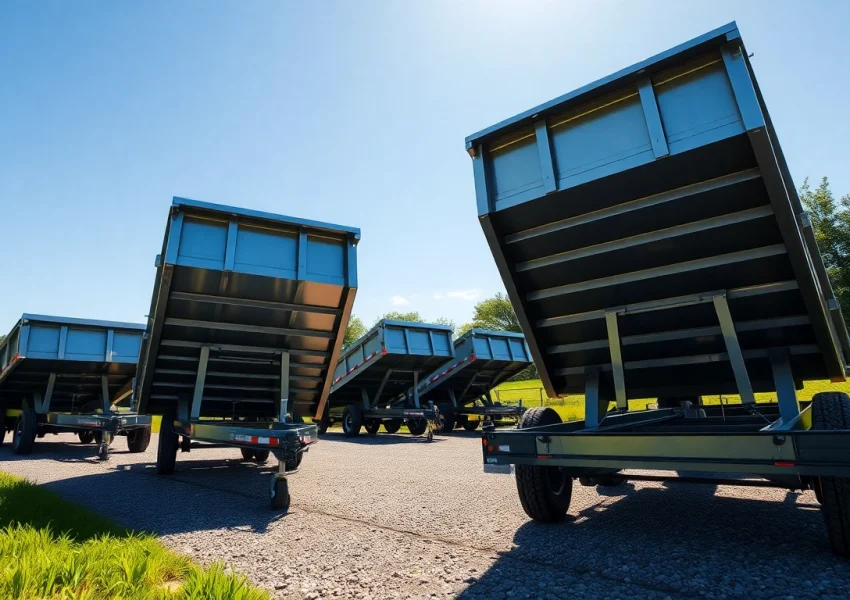Introduction to Heat Tools for Hair
In the dynamic world of hair styling, heat tools are indispensable in helping achieve a salon-worthy look from the comfort of home. Tools such as hair dryers, flat irons, and curling wands not only make it possible to create stunning hairstyles but also allow professionals and enthusiasts alike to express their creativity. With so many options available, understanding the best heat tools for hair and how to use them effectively is essential for anyone looking to elevate their hair game.
What Are Heat Tools?
Heat tools are devices that use thermal energy to alter the structure of hair. By applying heat, these tools break down hydrogen bonds within the hair shaft, allowing for reshaping and texturizing. Common types of heat tools include:
- Hair Dryers: Used to swiftly dry hair while also helping to style and volumize.
- Flat Irons: Designed to straighten hair by clamping sections between two heated plates.
- Curling Irons: Used to create curls and waves by wrapping sections of hair around a heated barrel.
- Hot Brushes: A hybrid tool that combines heat and brushing to style and smooth hair simultaneously.
- Steam Stylers: Utilize steam technology to hydrate while styling, which can be gentler on hair.
The Importance of Choosing the Right Tool
Every hair type and style calls for a different approach. Choosing the wrong tool can lead to hair damage and subpar styling results. For instance, fine hair may require lower temperatures to avoid heat damage, while thicker hair might need higher settings to achieve the desired look. Additionally, features such as adjustable heat settings, quick heat-up times, and ionic technology can significantly affect styling outcomes and hair health.
Exploring Different Types of Heat Tools
When it comes to styling, understanding the specific functions and benefits of varied heat tools is crucial:
- Tourmaline Flat Irons: These provide even heat distribution, minimizing the risk of hot spots that can cause hair damage.
- Gold and Ceramic Curling Irons: These types heat quickly and evenly to create beautiful, long-lasting curls.
- Infrared Technology: Some advanced tools use infrared heat for gentler styling that penetrates the hair shaft, resulting in less damage.
Choosing Heat Tools for Different Hair Types
Heat Tools for Fine Hair
For those with fine hair, lightweight tools that offer precise heating control are essential. Look for:
- Low-Temperature Flat Irons: These should operate around 250-300°F (121-149°C), which is sufficient to achieve sleek styles without excessive heat.
- Hot Brushes: These can provide volume and smoothness, offering a gentler heat option that reduces the risk of damage.
Best Options for Thick or Coarse Hair
Thick or coarse hair typically requires tools that can deliver higher heat settings for effective styling. Recommended tools include:
- High-Temperature Flat Irons: Opt for models with heat settings reaching up to 400°F (204°C) to tackle frizz and hold styles better.
- Curling Wands with Variable Heat: Ideal for creating defined curls, these should feature adjustable temperatures to suit your styling needs.
Curling and Straightening for Textured Hair
Textured hair, including curly or coily textures, benefits from tools that protect hair while providing effective styling solutions. Consider:
- Steam Curlers: These can add moisture during the styling process, which is beneficial for keeping curls hydrated and bouncy.
- Wide-Tooth Flat Irons: Designed for textured hair, these allow for more significant sections to be styled at once, reducing the time and heat exposure.
Safety Tips When Using Heat Tools
Understanding Heat Damage
While heat tools are effective for styling, improper use can lead to heat damage. Indicators of heat damage include:
- Dryness: Hair may lose moisture and become brittle.
- Split Ends: Frequent use of heat can lead to breakage and split ends.
- Loss of Elasticity: Hair can become limp and lose its ability to bounce back.
How to Minimize Hair Damage
To protect hair while using heat tools, incorporate these best practices:
- Use Heat Protectant Products: Always apply a heat protectant spray or serum before styling to create a barrier against high temperatures.
- Adjust Heat Settings: Use the minimal heat required to achieve your desired style and avoid prolonged exposure.
- Limit Frequency: Try to limit the use of heat tools to prevent cumulative damage.
Tools with Heat Protection Features
Many modern heat tools come equipped with heat protection features. Look for options that include:
- Ionic Technology: Reduces frizz and static while locking in moisture.
- Auto Shut-Off: Automatically turns off the device after a period of inactivity, reducing the risk of damage and hazards.
- Temperature Lock: Prevents accidental adjustments during use, ensuring consistent heat application.
Top Brands for Heat Tools for Hair
Comparative Analysis of Popular Brands
When it comes to heat tools, brand reputation can significantly influence performance and reliability. Here’s a rundown of some leading brands:
- GHD: Known for high-end styling tools that deliver consistent results with features like ceramic technology.
- Hot Tools: Offers a wide range of professional-grade tools praised for their durability and performance.
- Babyliss: Renowned for innovation, focusing on lightweight and efficient heat tools suitable for various hair types.
Consumer Feedback and Reviews
Before investing in heat tools, it’s helpful to consider consumer reviews. Many users report positive experiences with tools that:
- Heat up quickly and evenly
- Are user-friendly and lightweight
- Provide lasting results
Conversely, tools that fail to meet these expectations often receive criticism for poor performance or damaging heat levels.
Price Range and Value Comparison
Pricing for heat tools can vary greatly, from budget-friendly options under $50 to professional-grade tools exceeding $200. Considerations for value include:
- Durability: High-quality tools often come with warranties and last longer.
- Features: Innovative features can justify higher prices if they enhance usability and protect hair.
- Performance: Investing in reputable brands can lead to better results and satisfaction in the long run.
Advanced Techniques for Using Heat Tools
Styling Tips for Professionals
Professionals often rely on advanced techniques to maximize the effectiveness of heat tools:
- Sectioning the Hair: Dividing hair into manageable sections promotes even heat distribution and reduces styling time.
- Using the Right Angle: Positioning tools at optimal angles can help in achieving a variety of styles while maintaining control.
Innovative Heat Styling Methods
The hair styling industry is continuously evolving, introducing innovative methods that enhance the effectiveness of heat tools. Some notable techniques include:
- Thermal Styling: This method involves wrapping the hair in foils or thermal protective materials before applying heat, enabling better results.
- Reverse Ironing: A technique that works in the opposite manner of traditional straightening, perfect for adding volume to roots.
Maintaining Your Heat Tools for Longevity
Proper maintenance of heat tools not only prolongs their lifespan but also ensures optimal performance. Some practices include:
- Regular Cleaning: Remove hair product build-up and debris from plates and barrels after every use.
- Storage: Store tools in a cool, dry place and use heat-resistant pouches to prevent damage during transport.
- Annual Inspections: Check cords and plugs for wear and tear, ensuring they remain in good working order.
Conclusion
Heat tools are invaluable for achieving a wide array of hairstyles, yet choosing the right ones involves consideration of various factors, including hair type and desired outcomes. With advanced features and various tool types available, it’s crucial to understand not only how to use them effectively but also how to maintain hair health while styling. By prioritizing quality and proper technique, anyone can master the art of styling with heat tools to achieve beautiful results.





